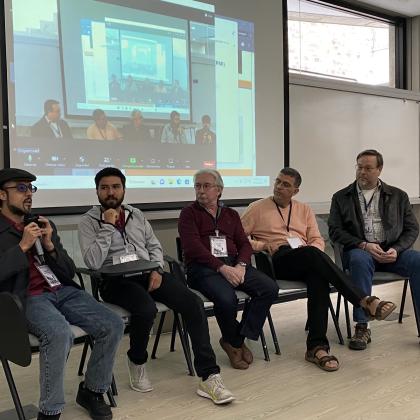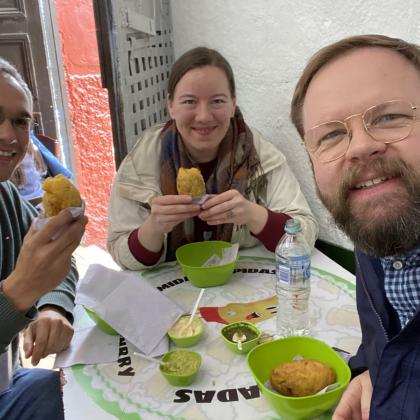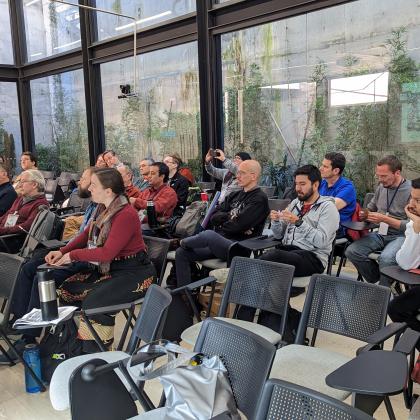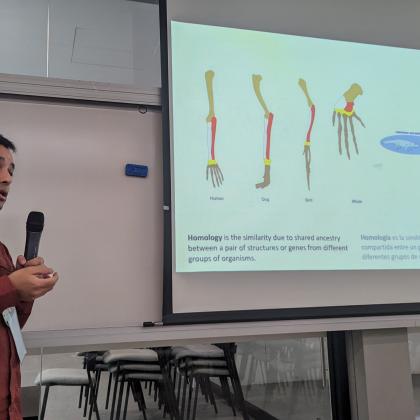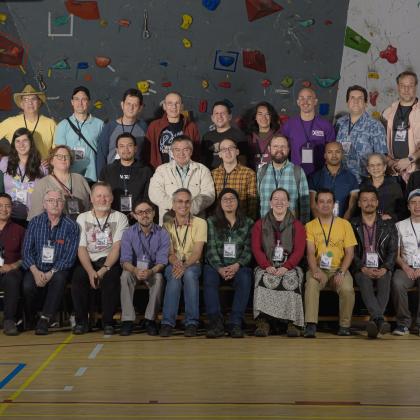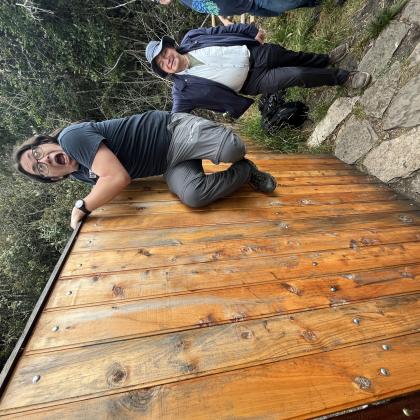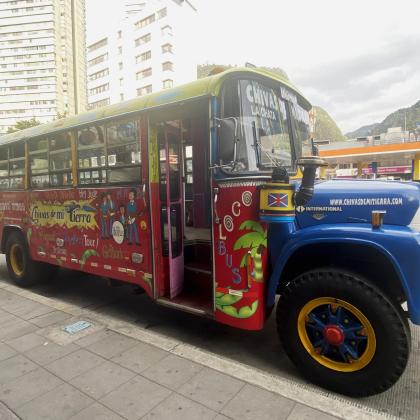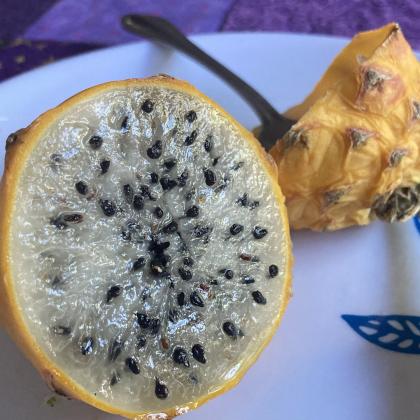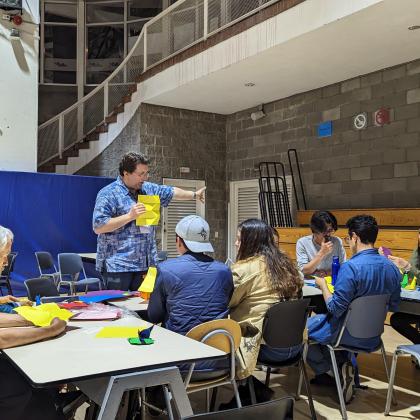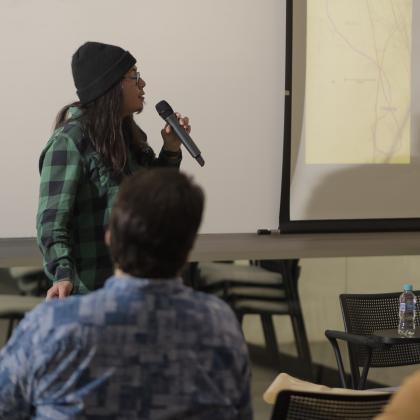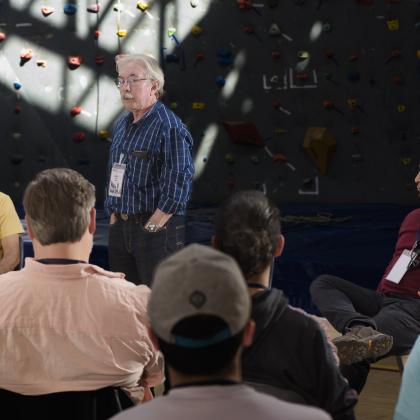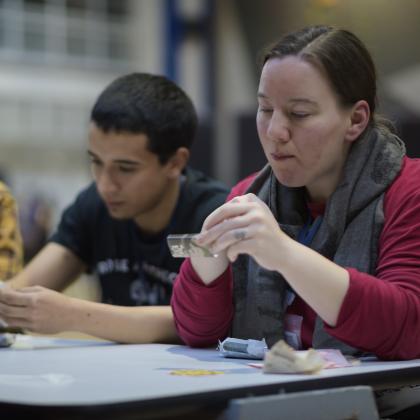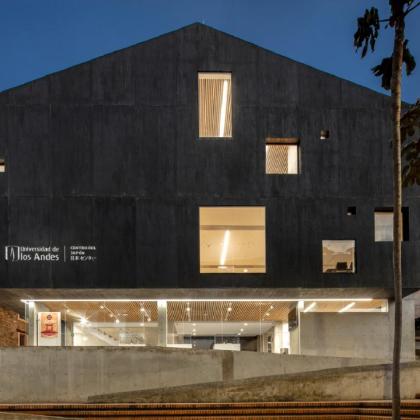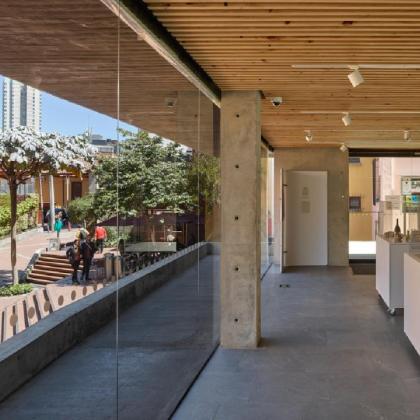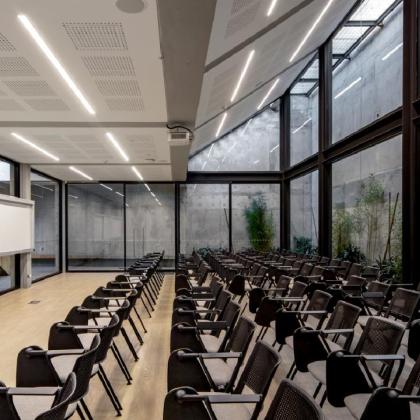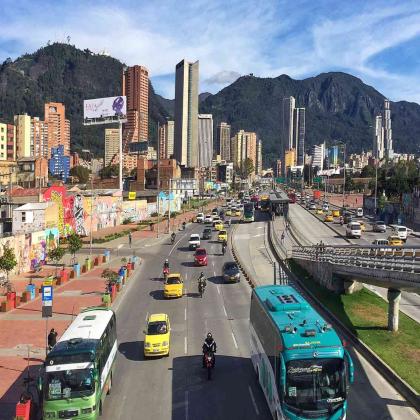CFC3 Bogota 2023
CFC3 Bogotá, Colombia, has Concluded
10th-12th, February 2023!
With 36 participants, CFC3 included 11 talks, 6 panels, and two workshops. All dealt with the many faces of Origami, papers, design techniques, the CFC as a community, the CFC site, and many other issues.
The event was hosted at the Japan Center, in downtown Bogotá.
Centro del Japón
Bogotá - Colombia
Calle 18a #0-07 Bloque CJ
Convention Gallery
The Convention Space
Bogotá
CFC3 Talks and Presentations
The CFC3 Program
Day 1
Mexican paper: between animals and spirits, tradition and innovation - Cekouat León and James Ojascastro
Amate paper has been made in Mexico since prehispanic times. Although it faced extinction during c. XVI, it has survived to this day thanks to native traditions and constant experimentation. This talk will be about the historical and spiritual meaning of amate paper, its evolution, and how the art of paper folding is giving a new perspective to this ancient material.
CFC3 02 Origami at convergence Andrés Sanchez
This talk will explore how in many cases origami designs can arrive at very similar or identical solutions. The reasons for these coincidences will be discussed and some examples will be mentioned in order to invite the audience to discuss and debate this topic.
Why some origami is good art - Bernie Peyton
A tremendous amount of origami, including mine, are things, perhaps art, but not good art. Good art requires a narrative, and justified use of materials and technique. It should stand up to all the criteria that any work of art is judged by. I discuss this higher bar and offer ways I have altered color, size, and longevity of paper works to try to achieve it. Let us talk about "what is origami art".
Book Publishing from Latin American Countries - Graciela Vicente Rafales and Miguel Gañán
Proceso necesario para publicar un libro Cómo diagramar, editar el libro e imprimir Autogestión o financiado?
Importancia de la difusión
Piratería
CFC3 05 Number lines of twists and design equations for tessellations Madonna Yoder
Different twists in the same shape (open vs closed squares for example) are not independent from each other and there is a shifting of pleats that transforms one twist into another. This transformation can be repeated as many times as you like in either direction, forming a number line of twists, each offset by a single transformation. The distance and direction between twists on these number lines are important information for designing tessellations with extended symmetries - symmetries more distant than simple alternation - and these relationships can be expressed in simple equations.
Single-Sheet Polyhedra by John Szinger
John tells about his design process of making Single Sheet Polyhedra, including some color-change amazing designs.
Day 2
Origami Design Techniques for Radial Modular Origami (rings, stars, etc.) - Panel
Origami design techniques for radial modular origami (rings, stars, etc.)
Panel led by Matthew Green
Papermaking and Origami - James Ojascastro
I will share some notes on my experiments and exploration in using and choosing plants with no historical precedent in papermaking to make paper suitable for different kinds of origami.
Cuts in Origami: Shouldn't Make the Cut or Cutting-Edge Technology? - Hubert Villeneuve
I give my point of view on the current status of cuts in origami and the discoveries I made by applying cuts on complex origami models.
Day 3
Creating Collectively - Workshop - Alejo Wilkinson
Folding adrift
Is it possible to create a figure collectively without previously deciding what to create? What are the challenges that this type of construction proposes? What are the rules that allow the realization of the game/exercise?
This workshop follows the experience of a Collective Creation workshop held at the 6th Origami Argentina Convention, and invites participants to create a figure that has never been folded before.
Conceptual Origami: First Work on the Model's Subject - Gerardo Gacharná Ramirez
In conceptual origami, the creator first develops the subject and then works on materializing it through origami. Here the subject is a metaphor; the use of analogies offers a perspective, emotion, sensation, etc. related to a particular topic. It can be understood as a subset of figurative origami since it takes elements from the world, but in contrast to the rest of its class, it reorganizes them in order for the subject to effectively work as a metaphor. In that sense, it is not the same as an origami version of an existing social or political symbol, although both things might serve a similar purpose. Conceptual origami is a lesser-known type of origami, yet has much potential as an art form since it centers its attention on communicating with the observer.
Making diagrams with a CAD program - Chris Alexander
This discussion is for origami creators who want to start diagramming models. If you're like me, you can't draw anything more complex than a smiling emoji. A CAD program can be the answer you've been looking for. I'll show you how to get started, some simple techniques, and a few tips and tricks so you can easily share your models with the world.


